Land Rover's new 2011 Range Rover marks 40 years since the original off-roader was launched. To commemorate, Autocar pitted the latest third-generation model against one of the late first-generation models to see just how true to the original luxury off-roader the current car remained.
Watch the comparison video of the old and new Range Rovers
Last month, Autocar took the 2011 Range Rover to meet one of the very first originals from 1970. On the face of it, there's not much to link this pair. The latest model is nearly 40cm taller, over a tonne heavier and has roughly two and a half times more power and torque.
See pics of the old and new Range Rovers together
On the other hand, the new 4.4-litre diesel's fuel consumption is around 40 per cent lower and it emits less than two-thirds of its ancestor's CO2.
The original model had a four-speed gearbox that was crude even by 1970s standards; today's introduces a super-efficient eight-speed paddle-shift auto. And whereas the original Range Rover cost £1998, this latest model starts at around the £70,000 mark.
Read Autocar's first drive of the 2011 Range Rover
And yet, park this pair together and their relationship becomes dazzlingly obvious. It extends to every important conceptual aspect: styling cues, swage lines, overhangs, glass-to-body relationship, stance, screen rakes.
Standing on high, lush slopes of the Snowdonia National Park, above Capel Curig, I marvelled at the latest of the 780,000 Range Rovers so far built and, alongside it, a Tuscan Blue two-door model, registered YVB 153H, which has been on displayed for the past decade or so in the Heritage Motor Centre, Gaydon.
The pair was brought together by Roger Crathorne, one of Land Rover's most experienced and distinguished engineers. Roger played a leading hand in early Range Rover durability programmes, so he remembers the model's gestation very well, and he still works in the company today.
Our mission was to recreate, using both Range Rovers, images from the 1970 photo shoot used in the original press kit. Crathorne had been on site in 1970 to ensure the film crew didn't do anything silly with YVB like driving it down a ravine.
Read what Autocar said about the original Range Rover in its 1970 road test
It's fascinating to see how the old car still informs the new one. The first thing you notice is that extraordinary driving position. There were other tall 4x4 models about at the time (notably Americans like the Ford Bronco and Jeep Wagoneer) but none of them had had it.
The Range Rover's throne-like seats are mounted so high in the car that the top surface of the dash isn't much higher than your knees and the side glass starts around hip height.


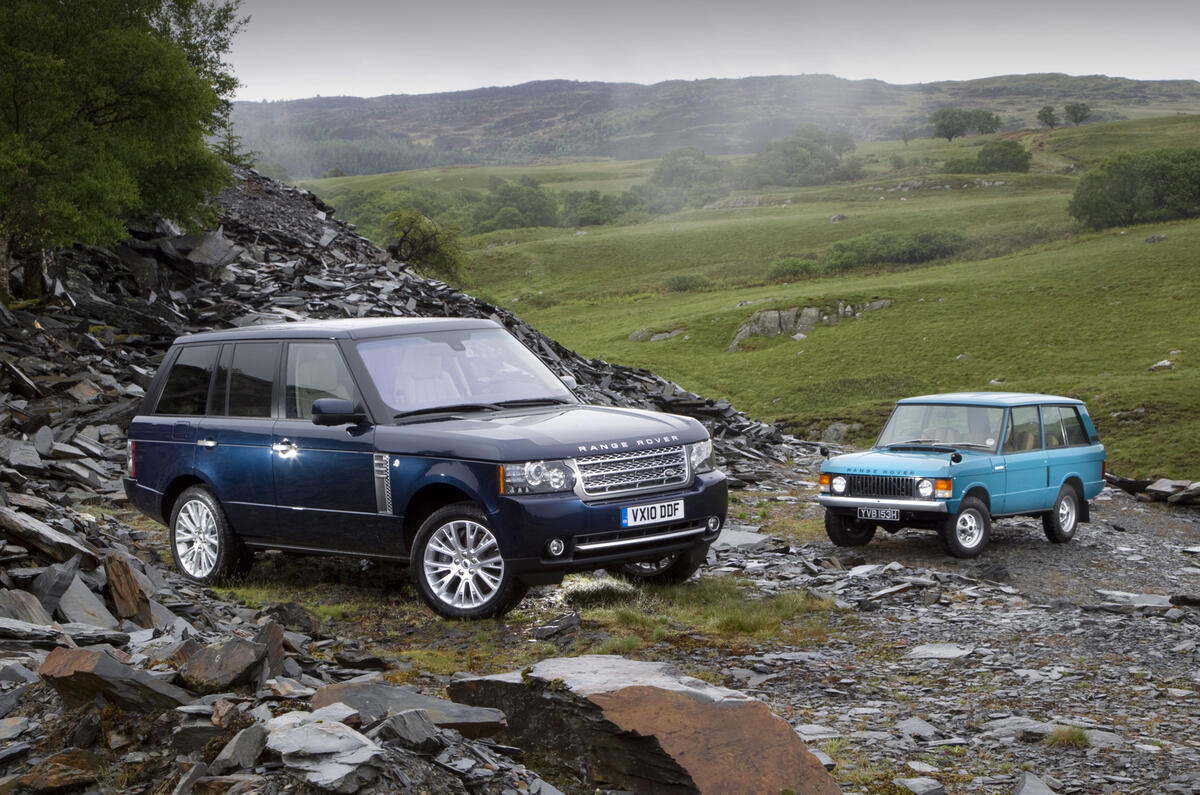


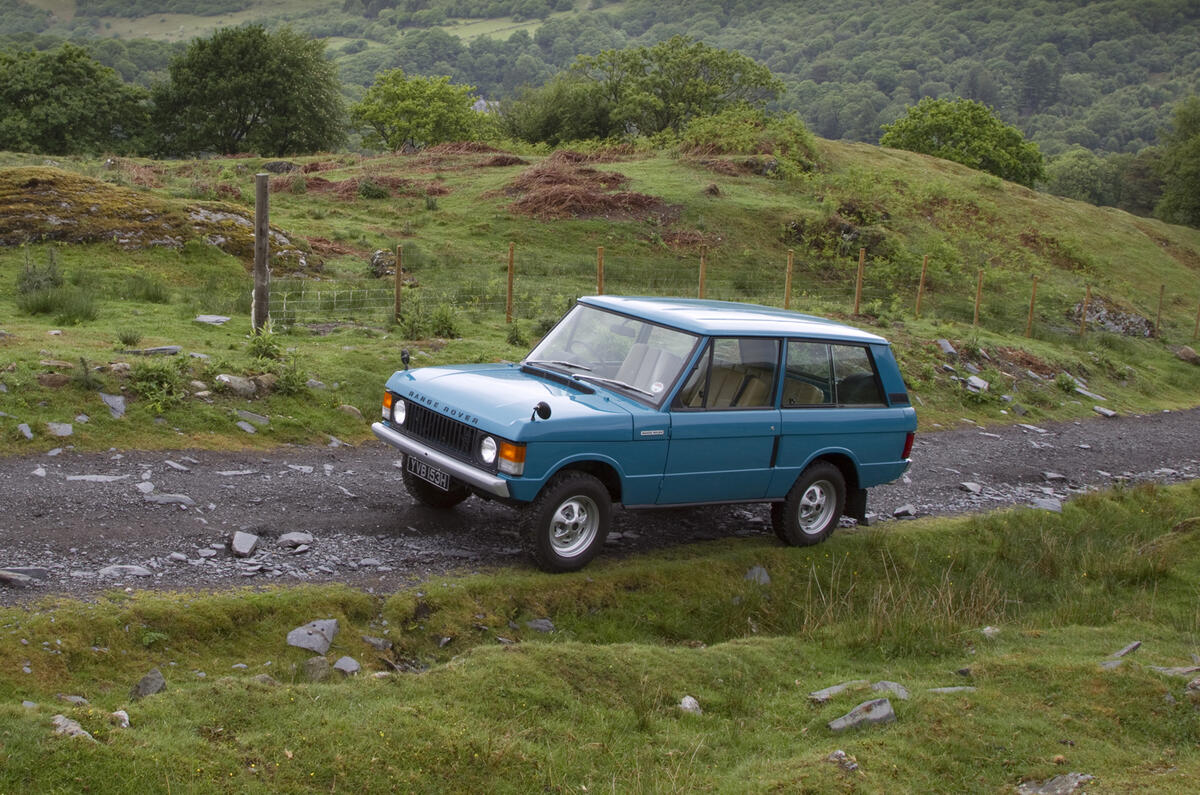
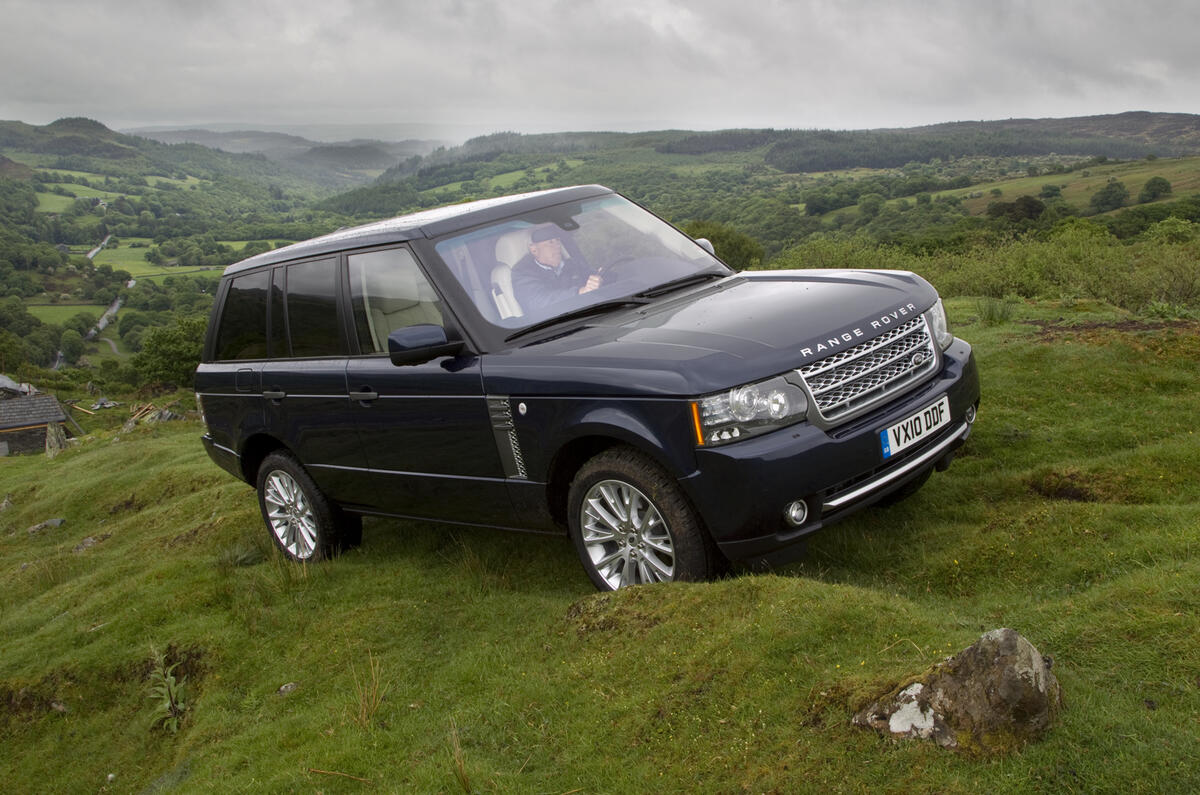
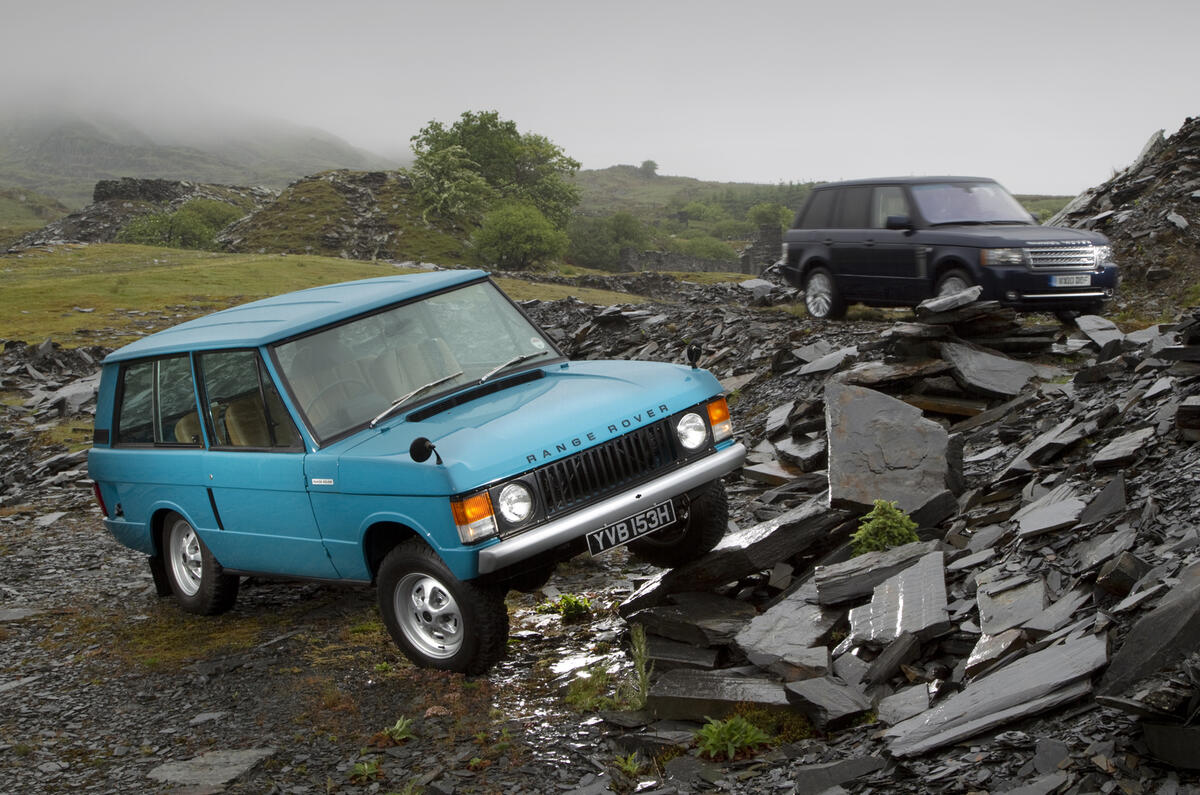

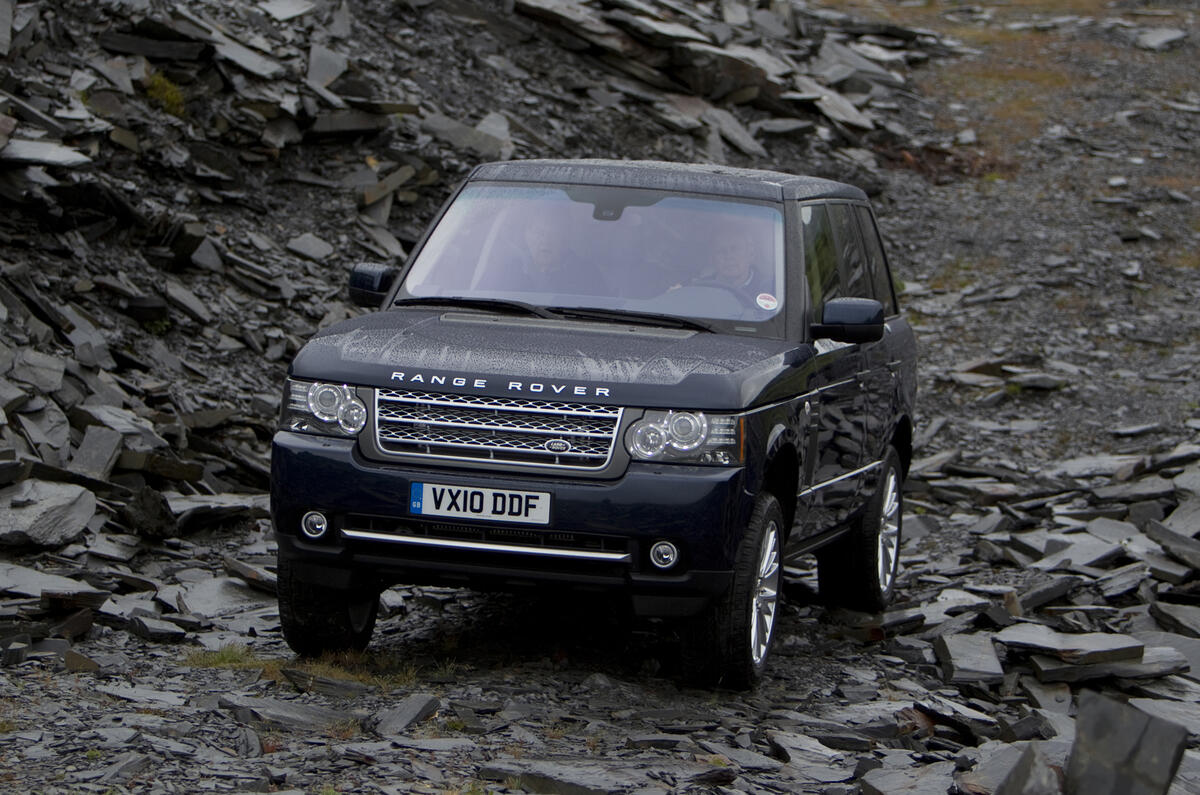


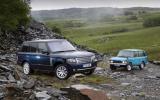












Join the debate
Add your comment
Re: Range Rover - old meets new
Personally speaking I own a very basic but much loved Defender 90 300 TDi but I know a whole lot of perople with various RR's and although the orginal was bloody good, personally I would always go for one of the original BMW V8 4.4 ltr engined RR's that you can now pick up for relative peanuts.
Fit one of these with a decent LPG system and you will then have very arguably one of the best vehicles on the road.
As for the new ones, they are all far too expensive for me to ever contemplate even if I could afford one.
Re: Range Rover - old meets new
Progress - over 1000kg heavy yet 40% more efficient. I suspect much of this efficiency progress had been during the last 10 years too. Having owned a ten year old one now for 9 months I too am hooked. The new one is fab but all that extra outlay will keep mine on the road - hopefully - for years to come. I even have rubber mats which I hose down if I need to - after I remove them from the car......
Re: Range Rover - old meets new
Once you get them, and get the bug, you.re stuffed! I just bought a 1997 Autobiography. And i cant wait for the Rangey quirks, the challenges of owning one, and the rewards, when you really use them for their purpose.